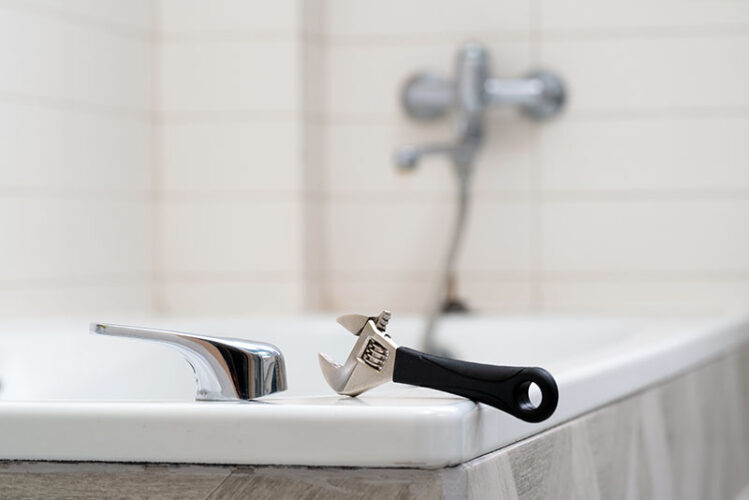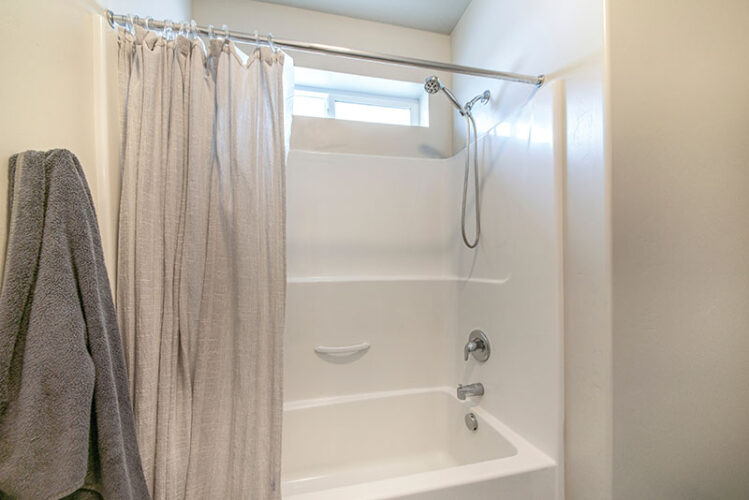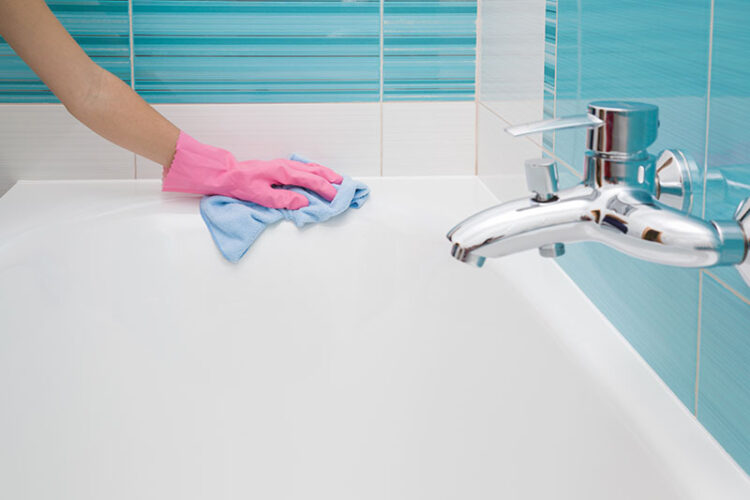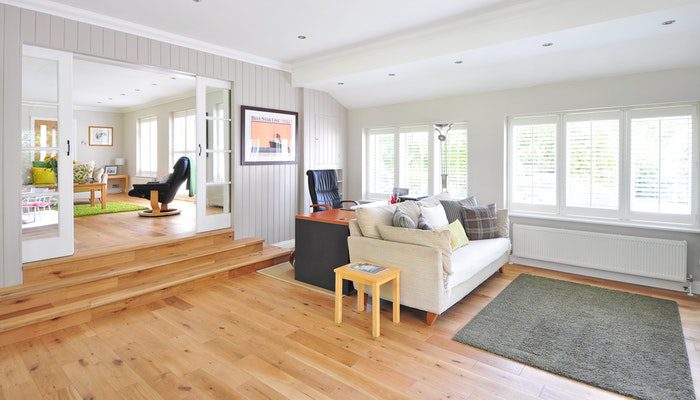Acrylic Shower Walls: Pros and Cons

Acrylics are known for their optical brilliance and transparency. They’re only half the weight of glass and offer exceptional impact resistance. They’re thermally impervious with a maximum service temperature of 80 degrees C.
With a maximum softening temperature of 110 degrees, they can withstand even the hottest of showers with ease. They have a high light transmission rate, allowing sunlight to saturate your entire bathroom unhindered. Should you use them for your shower walls? What are the pros and cons of acrylic shower walls? Let’s find out.
High tensile strength
Pro: Acrylic walls aren’t as slim as fiberglass-reinforced panels. They’re generally no thinner than 1/8 of an inch, but their tensile strength weighs in at an impressive 75 MPa. Thermoplastics have high flexural strength to boot, so they can be used as freestanding panels in a wet room. They don’t even need a frame. If they break, they won’t shatter into sharp shards, but this doesn’t tell the whole story.
Con: Thermoplastics might be stronger than glass, but they’ll never be as robust as cultured granite or laminate.
Price
Pro: If you’re on a tight budget, extruded acrylic walls are usually a fraction of the price of a stone solid surface or tiled walls. They can be easily cut on site, so if you’re customizing your shower, you’ll pay for less labor than you would with ceramics.
Con: Acrylics have a reputation for being affordable, but not all of them are. Cell cast acrylics like plexiglass are time and labor intensive, so you’ll pay more for them. Since this manufacturing process offers a higher degree of customization, your extra investment could be worthwhile.
Maintenance
Pro: Nobody wants to spend their weekends on their knees scrubbing grout, and acrylic will relieve you of that duty. It will never need to be regrouted, so your maintenance costs are significantly lower than those of tile. Acrylic panels should give you a 10-year lifespan and won’t yellow in sunlight. Fabricators derive them from natural gas that won’t discolor, so they’re perfect for sunny bathrooms.
Con: Acrylics are softer than glass, so they’re prone to scratches that will ultimately draw mildew. They’ll resist degradation best if you clean them gently and avoid abrasives. A soft cloth is all you’ll ever need. Higher-grade acrylics will resist mechanical damage best.
Customization
Pro: A band saw cuts through acrylic sheets like a knife through butter. That allows them to adapt to any size and shape you can dream up. Thermoplastics can be paired with a huge selection of accessories and fixtures like grab bars, inbuilt seats, and storage options. Your contractor will be able to cut curves or lines into Lustrolite on site and install your walls before the sun even has a chance to set.
Con: Acrylics have finite lifespans. You’ll need to replace all those custom fixtures and panels within 10 to 15 years. That doesn’t mean thermoplastics have shorter lifespans than every other alternative, though, so weigh up the durability of your material options side by side.
Design
Pro: Acrylic is more than a mere glass mimic. It comes in a huge array of hues and textures. It can even be coated with latex, allowing you to achieve a satin finish that no stone or tile can match. Thermoplastics can be textured to improve their opacity, allowing you to shower in privacy without the beady eyes of your clingy pooch.
Con: Acrylic might be versatile, but it will never mimic the aesthetics and properties of ceramic or granite, no matter how impressively it’s customized. That’s as much a benefit as it is a pitfall. Acrylic walls don’t crack like tiles and can be cleaned with a simple wipe. They will, however, never beat the lifespan of granite.
Ease of installation
Pro: Thermoplastics are remarkably easy to work with. Your contractor will breeze into your home and put up those walls before you have time to realize they’re even there. Acrylics are lightweight and can be installed over old materials. If you need a quick fix, they’re one of the best options on the market today.
Con: If your acrylic panels are badly installed, they will ultimately chip, peal, and degrade. If you’ve installed a custom shade or texture, your ultimate replacement will be more expensive. You’re unlikely to find a replacement material in the same shade, so you’ll probably need to replace all of your panels at once.
No material is perfect, but acrylics offer an impressive list of attractive properties. Thermoplastic shower walls are a pocket-friendly way to achieve a premium aesthetic. They offer exceptional optical clarity at half the weight of glass. They abide most chemicals well and are a safe option if you live with an accident-prone toddler or parent.
Need help with a bathtub or shower replacement? Contact 1-800-HANSONS for a free estimate.
Related Articles:
Signs it’s Time to Replace Your Shower
Signs it’s Time to Replace Your Bathtub
Get a Free Estimate Today
70% off installation. Special financing available. See details.













